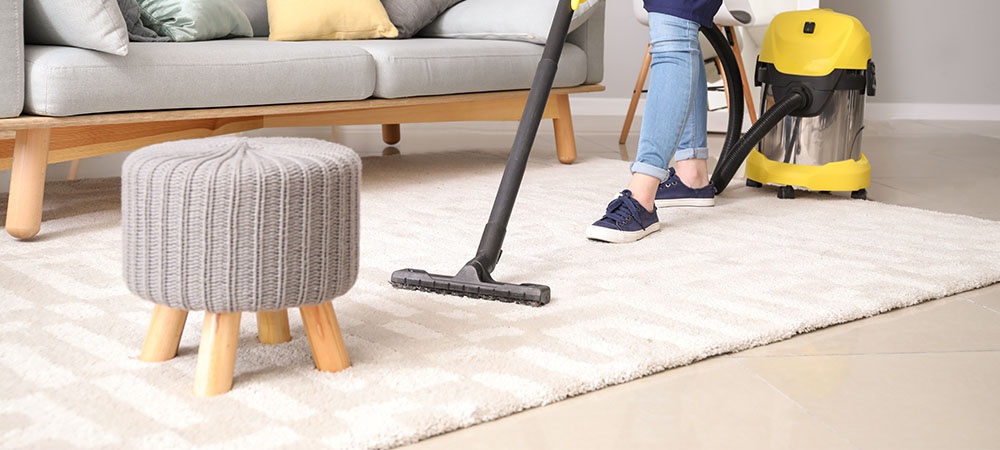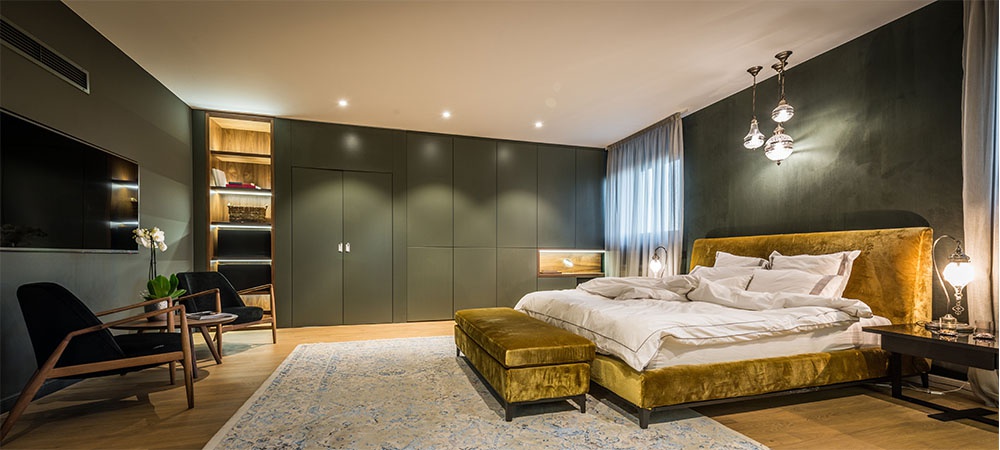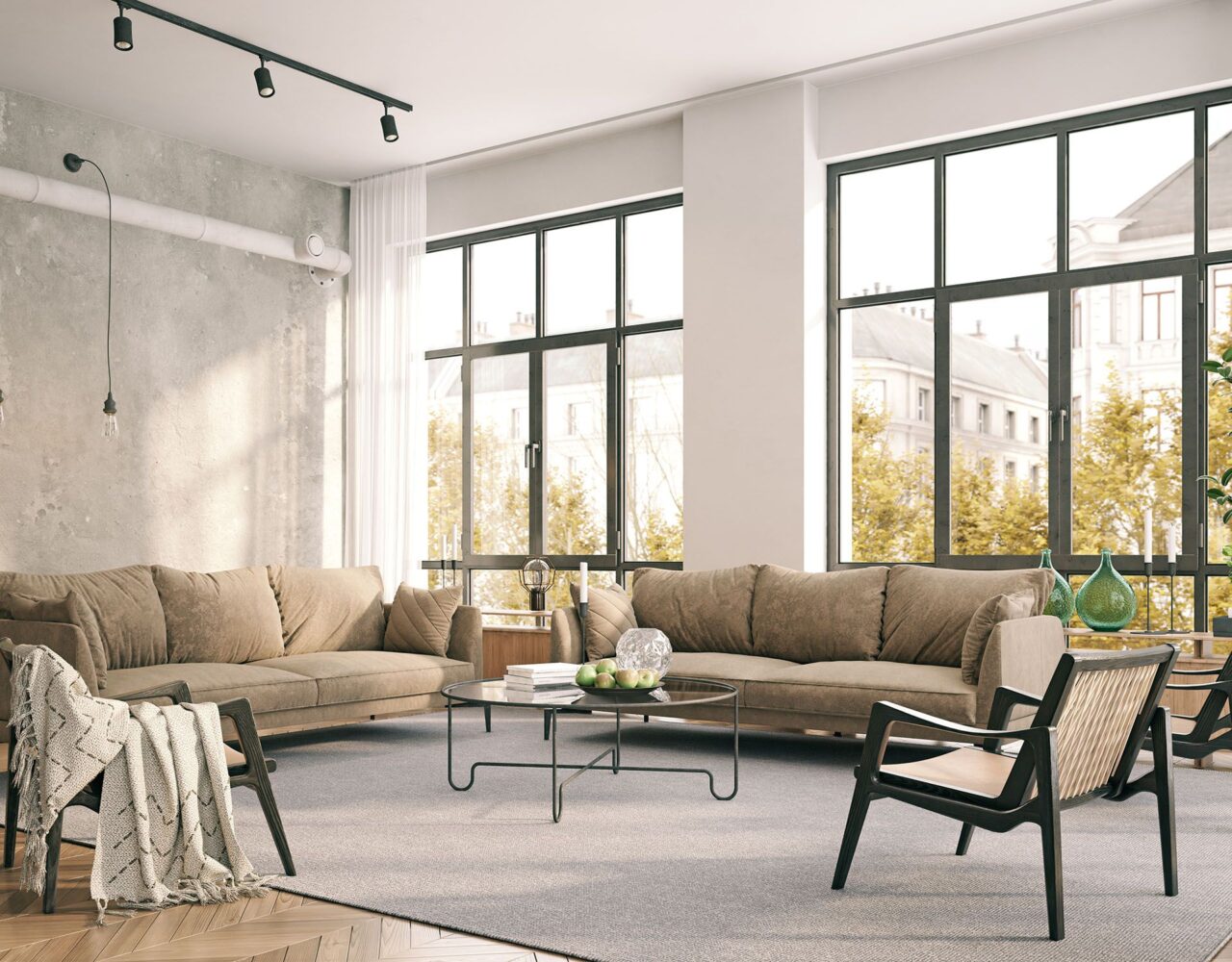What compares to or feels better than the luxurious, soft feeling of a dream carpet under your feet? Nothing! Choosing rugs for your flooring needs offers everyone a safe and comfortable spot. Kids can play on them with a reduced risk of fall-related injuries. Besides, their warmth and superior comfort significantly outweigh their purchasing and maintenance costs.
Excellent carpeting also has various designs, materials, types, and colors. This rich diversity somehow complicates matters when choosing an ideal carpet. Some carpets are more expensive, while others require frequent cleaning and are unsuitable for people with respiratory challenges.
So, how do you get the best value for your money while protecting and pleasing everyone in your home? Here are nine tips to help you make a worthwhile decision.
1. Carpet Types
Carpeting has various types designed to suit various personal tastes and preferences. Every carpet type has unique looks that suit different lifestyles. Here are the main types of carpeting you can choose from.
- Plush
This carpeting is constructed from a tightly twisted pile. It’s inviting, thick, and soft. It also shows vacuum tracks and footprints. It sometimes develops pooling or areas that appear shaded due to reversing the carpet fibres’ normal direction.
- Saxony
This rug is the most commonly used and resembles plush. It’s best suited for low-traffic spaces like master bedrooms and living rooms.
- Berber/Loop Piles
Unlike the first two types, it’s made from continuous fibre. It’s dense and flat and, at times, may have a level loop, cut-and-loop, or multi-level loop design. These features make it one of the most durable carpets. Moreover, it doesn’t show tracks, stains, and soil. Thus, it’s your best bet for high-traffic locations or places children frequently visit.
- Textured
This carpeting option is made of fibres cut to various heights, making them reflect light. This feature hides dirt and tracks, making it the best choice for high-traffic areas.
- Friezes
These carpets are cut-pile and crafted from twisted fibres. They appear more informal but are fancier than most textured carpets. These rugs are soft on your feet. Their fuzzy nature hides dirt and footprints.
2. Maintenance Requirements
Consider maintenance requirements before choosing a carpet. Homeowners with pets or kids should opt for low-maintenance mats. Going for stain-resistant carpets saves you from the frustration spills cause and reduces your cleaning time.
Asking the floor salesperson or other online customer support staff about a carpet’s maintenance needs is prudent. It shows you how much time and money you will spend caring for the rug. Additionally, this inquiry helps you know if the carpet needs special cleaning products or equipment.

3. Area Traffic
You need to factor in the traffic volume of your target space to narrow down your desired options. Areas with heavy traffic or exposure to spills, such as dining rooms or children’s rooms, need durable, stain-resistant carpets. Rooms with light traffic require soft and durable mats.
4. Correct Padding
Considering appropriate padding is another factor to consider when choosing a carpet. It might seem cost-effective to forego it, but your carpet will miss the support, strength, and additional cushioning padding provided. Avoiding padding exposes your carpet to extra wear and tear. Getting the correct padding has these benefits:
- It conceals subfloor imperfections to improve the finished floor’s appearance.
- It insulates your floors, helping control temperature.
- The padding absorbs sound to protect your privacy.
- Your carpet will last longer because padding protects it against backing and its fibres from coming off with use.
We recommend getting sound padding advice from experts before carpeting your house. Your home’s high-traffic rooms require dense padding, while low-traffic spaces need lesser protection.
Don’t forget to match the padding to the type of carpet you want to buy. 7/16-inch padding with 6 pounds of density per cubic foot is ideal for supporting cut piles or cut loop carpeting. For Berber or thin loop rugs, a 3/8-inch pad or thinner, with 8 pounds of density per cubic foot, is excellent.
5. Room Size
Your room size is another factor to consider when choosing the right carpet for you. Room size and your carpet color and style affect your project’s overall cost. A larger room costs more to carpet, while a smaller one costs less.
Smaller rooms appear larger with light-colored carpets, while darker colors make them feel smaller and more crowded. You can make larger spaces feel warmer and more inviting with dark-toned carpets, while lighter rugs make them airier.

6. Color
Color should also feature in your carpet choice. The exact color scheme depends on your goal with the new carpet. You can choose bold colors like red, blue, and black to make your carpets focal points. Basic colors like grey, tan, and white fade in the background. Opting for light colors can hide anything like dirt spots.
7. Materials
Carpets come in different materials that dictate how your mat looks and functions. Below are the top materials you can choose from.
- Polyester
This material is stain-resistant and feels cushy when you step on it. However, it’s harder to clean, sheds, and isn’t durable.
- Triexta
Triexta comes from corn sugar. It’s stain-resistant and resilient. This material is relatively new, and it’s yet to gain popularity.
- Nylon
Nylon is the most resistant carpet material. However, you must treat it regularly with stain-resistant sprays.
- Olefin
This material resists fading, mildew, and staining well. It’s also cheaper but less durable than nylon and is ideal for living rooms.
8. Pile and Style
Remember style and pile because they determine a rug’s look in your house.
- Pile
A cut pile is looped and plush. Some carpets comprise patterned looks with variable heightened loops.
- Style
Cuts also have shagged, twisted, smooth, or textured styles. Smooth styles are more formal, while twisted and shagged ones are casual. Looped piles can be levelled, improving the density of patterned loops.
9. Warranties
Lastly, warranties should also inform your final decision to buy a given carpet. They reassure and show you your carpet’s quality levels. A rug with longer warranties is durable and high-quality, and vice versa.

Call Us Today for All Your Flooring Needs
There you go with everything you need to know before choosing the right carpet for your floor. Don’t hesitate to contact us today for all your flooring needs. Our lines are open; call us today for a free quotation and consultation.

